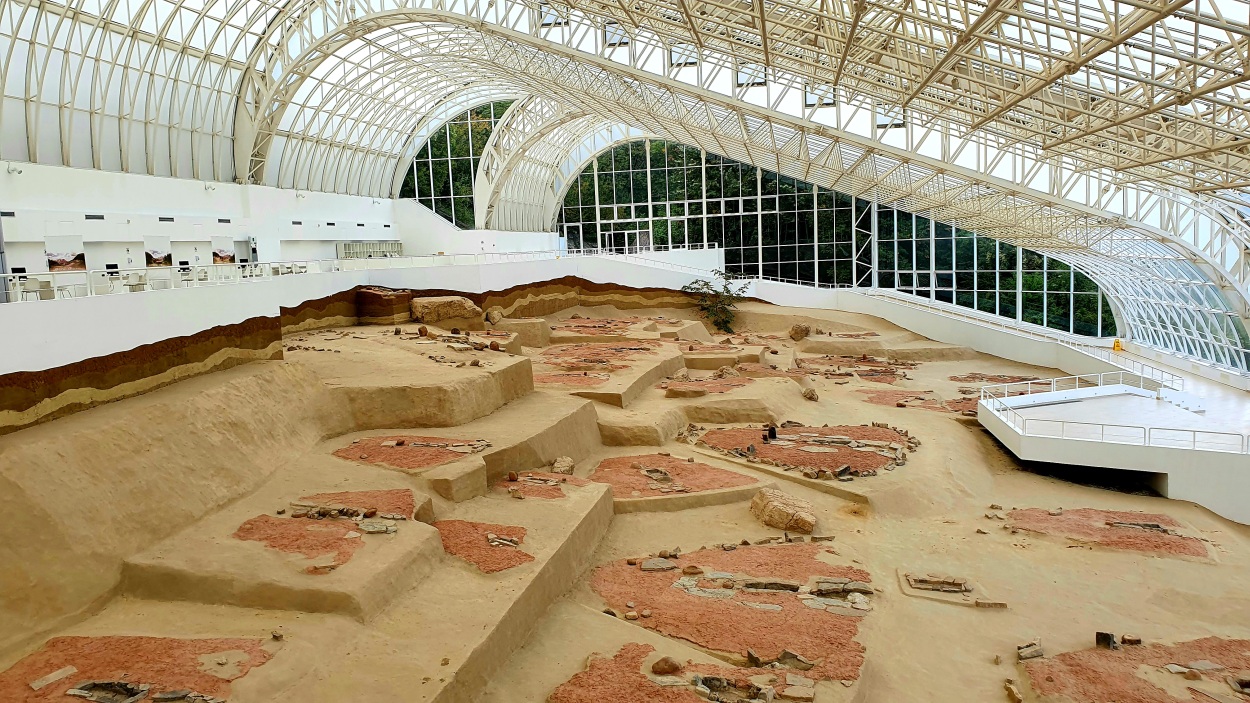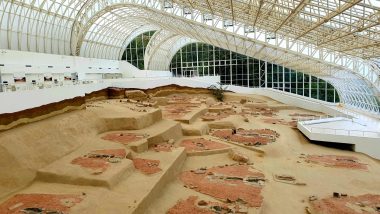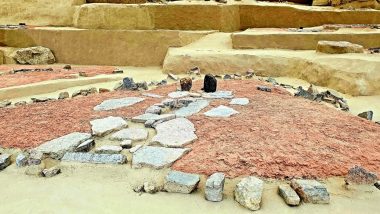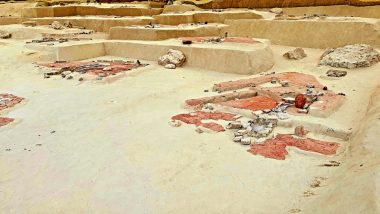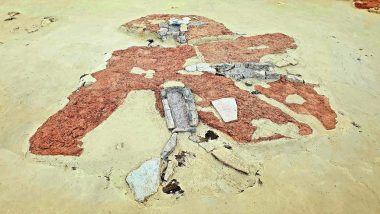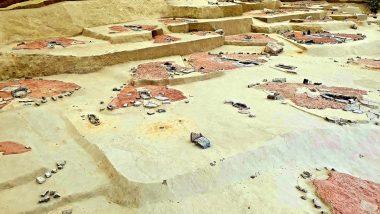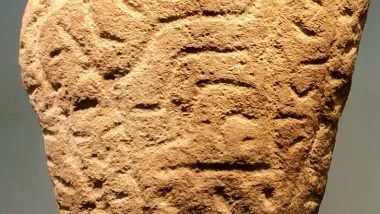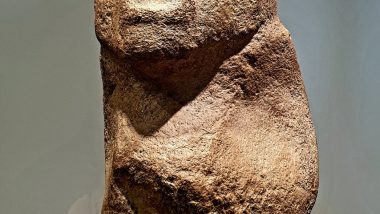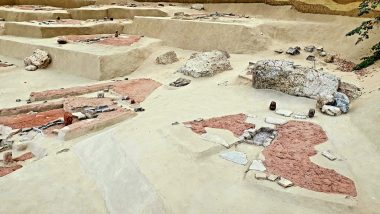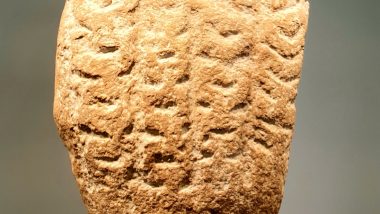Lepenski Vir is one of the largest and most significant prehistoric archeological sites from the Stone Age (entrance 500 RSD). It is located on the right bank of the Danube in the Djerdap gorge (The Iron Gates of the Danube). The rich cultural layer reveals the traces of a highly developed culture that had complex social relations and as such was the first in Europe to organize its settlement according to a plan. The discovery of this prehistoric settlement has changed the image we had about the early Stone Age, expanding our knowledge about how developed were human communities walked the Earth 8500 years ago. The characteristic of this settlement were trapezoid-base houses with primitive wooden construction which were organized in the shape of a horseshoe. The buildings surrounded an open space – the first known square, with the central building, probably some kind of a temple or a shrine. A fireplace surrounded by fishlike stone figurines took a central place in every house. Stone idols found in Lepenski Vir represent the oldest monumental stone sculptures found in Europe. Besides these figurines, numerous tools and arms made of stone, bone, and antler, pottery, and jewelry made of shells and pebbles were found here. Based on this evidence we can conclude that these first inhabitants of the Danube banks lived at the time of the so-called Neolithic revolution when the first communities started working the land and tamed some animals. After the dam on the Danube was built for the hydropower plant “Đerdap I”, the settlement was relocated on a higher level in order not to be flooded.
Parking location – Lepenski Vir: 44.552183N 22.027238E (🚻)


